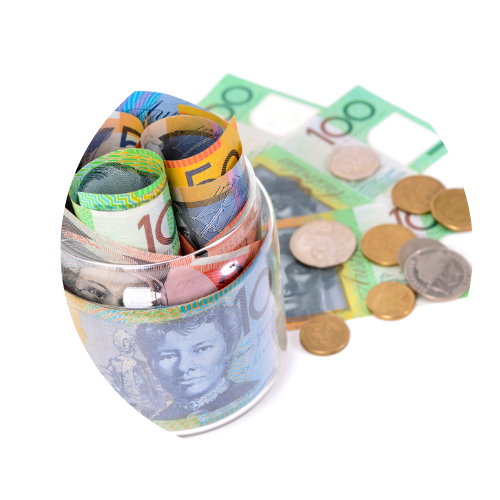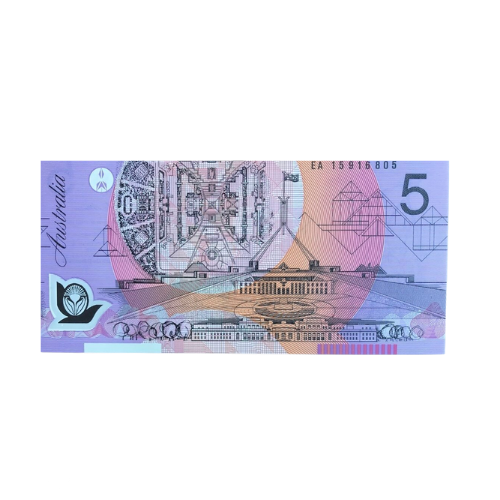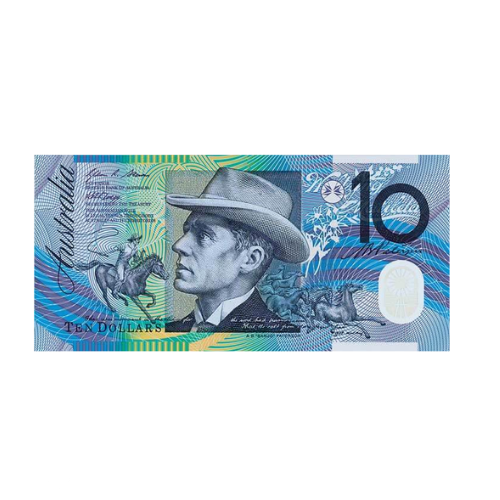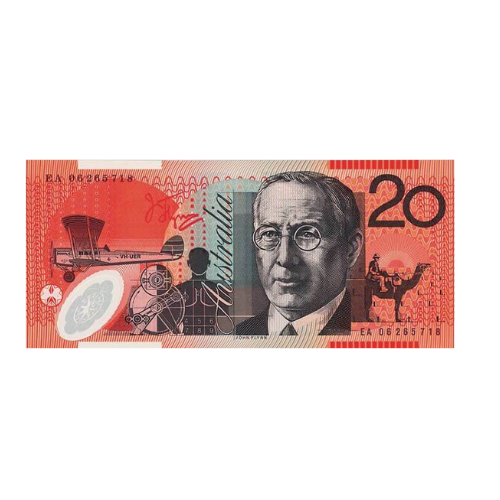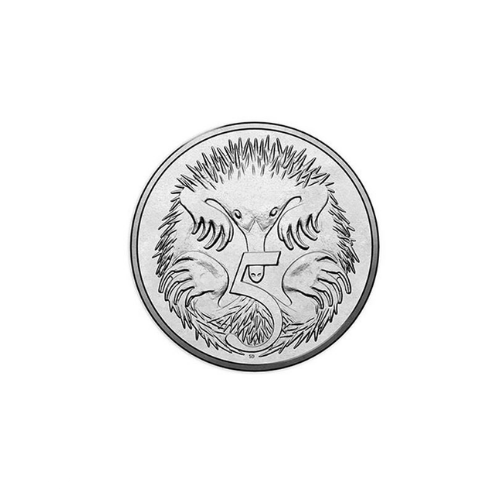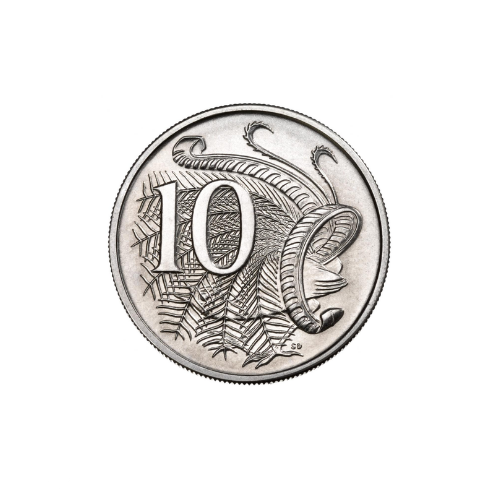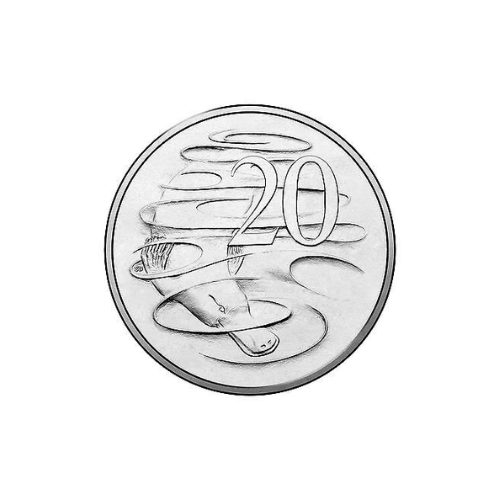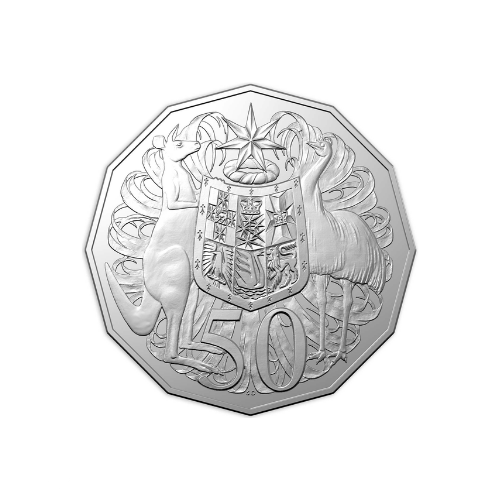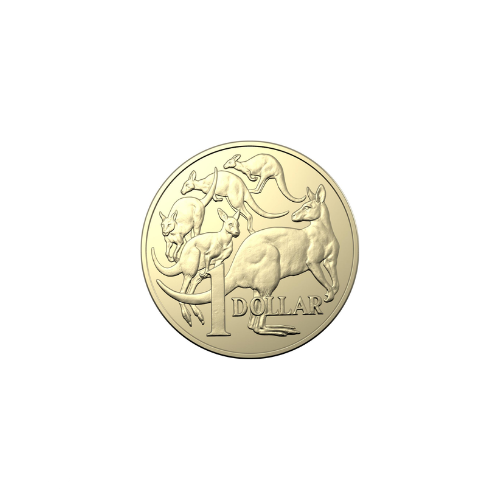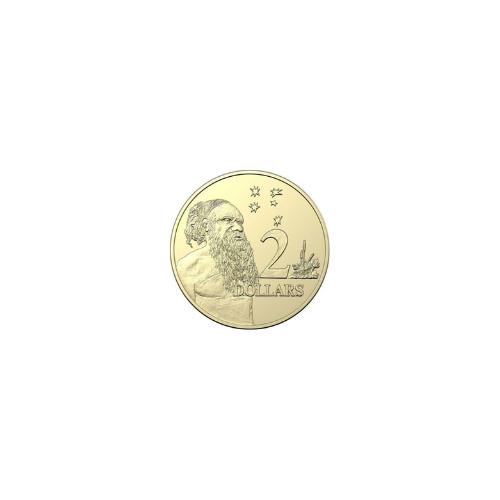💰 Ages 8–12: Money Explorers
🪙 What Is Money?
Welcome, Money Explorers!
If you’ve ever wondered how your pocket money can turn into a new skateboard, footy cards, or ice cream at the servo, you’re already thinking like a young economist.
Let’s dive into the world of money — what it is, where it comes from, and why it’s so important in everyday life.
💰 So… What Is Money, Really?
Money is something we use to buy things and pay for services — like snacks, clothes, games, or even a movie ticket.
But it’s more than just coins and notes. It’s a tool that helps people trade with one another in a fair and simple way.
Think of money like a superpower for trading. Instead of swapping your sandwich for a pencil (which might not be a fair trade), you can use money to get exactly what you want — and the other person can use that money for what they want.
It makes trading easy for everyone!
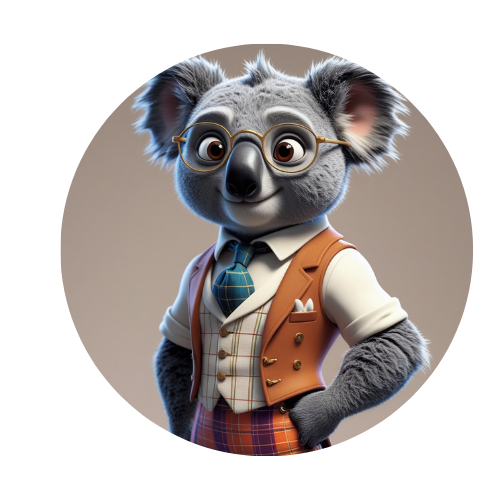
🪙 A Quick History of Money
A long time ago, people didn’t use money at all.
Instead, they bartered, which means they traded things directly — like goats for grain, or apples for tools.
But bartering could be tricky.
What if someone didn’t want what you had?
To fix this, people started using special objects like shells, stones, or pieces of metal as money. Eventually, coins and paper money were invented.
Today, we even have digital money — like the money you see in your bank account or use on a tap-and-go card.
💳 What Does Money Look Like Today in Australia?
In Australia, our money is colourful and unique — and even waterproof!
Here’s what you might use:
- Coins – 5c, 10c, 20c, 50c, $1 and $2
- Notes – $5, $10, $20, $50 and $100
- Digital money – money stored in bank accounts, used online or with cards
Our notes are made from a special plastic called polymer, which means they last longer and are harder to fake. (Plus, they’re fun to crinkle!)
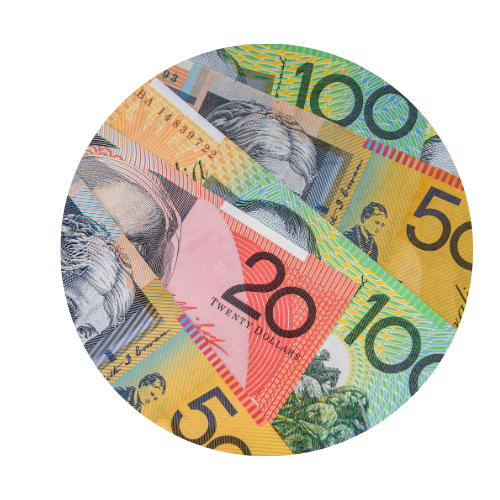
🪙 Coins:
5c, 10c, 20c, 50c – Silver-coloured
$1, $2 – Gold-coloured
Did you know?
👉 The $2 coin is smaller than the $1 coin, even though it’s worth more!
📱 Digital Dollars – The New Way to Pay
More and more people are using digital money instead of cash.
Ever seen someone tap their phone or card at the shops?
That’s called electronic payment, and it’s super fast.
Even things like online games or app purchases use digital money.
It’s important to remember: just because you can’t see the money doesn’t mean it’s not real!
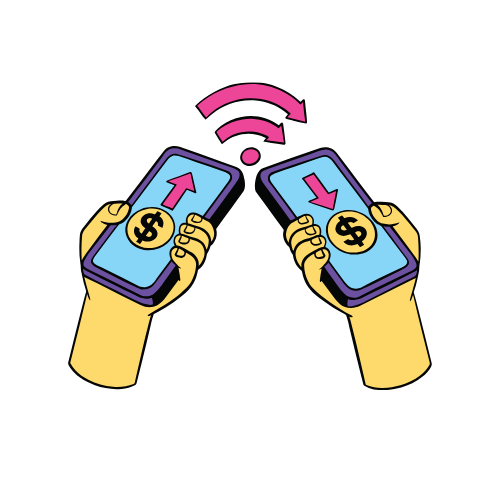
🧠 Why Does Money Matter?
Money helps us:
- Buy the things we need (like food and clothes)
- Pay for things we enjoy (like toys, sports, streaming services)
- Save for future goals (like a new bike or holiday)
- Help others (through charity or fundraising)
When you understand how money works, you can make smart decisions about spending, saving, and giving — just like grown-ups!
🕹️ Let’s Make It Fun!
Here are a few fun ways to learn about money at your age:
- Play shop at home with play money or old receipts
- Use a piggy bank to start saving coins
- Create a wish list of things you’d like to buy, and figure out how much they cost
- Try money-themed games online that teach spending and saving
- Let's Talk About Money Lesson Plan
💡 Quick Money Facts for Aussie Kids
- The image on the $5 note is of Queen Elizabeth II and Parliament House.
- The $2 coin is our highest-value coin — and also the smallest in size!
- Banks help people keep their money safe and offer savings accounts for kids.

🎯 Explore, Learn, and Grow
Between the ages of 8 and 12, you're becoming more independent — and learning about money is part of that journey.
Whether you earn pocket money by doing chores, or you get birthday money from Grandma, it’s important to start thinking:
👉 What should I do with this money?
Should you spend it now, save it for later, or even give a little away to help others?
Every dollar you get is a chance to practice smart money skills — and become a confident, capable Money Explorer.

